This magnificent all-French sports-prototype is the actual car in which Henri Pescarolo/ Gerard Larrousse scored a resoundingly popular home victory in the motor sporting world’s most important endurance race – the Le Mans 24-Hours. Matra fielded four cars in that year’s Grand Prix d’Endurance, and found themselves confronted by a works Ferrari team of three 3-litre flat-12 engined 312PB cars and a pair of Cosworth-Ford V8-powered Gulf Mirage M6s. The Shell-sponsored Matra-Simca team had won the great race with drivers Henri Pescarolo/ Graham Hill victorious the previous season, using the prototype MS670 car – chassis ‘01’. During that year Matra had contested only Le Mans amongst sports car races, while taking part in its final frontline season in Formula 1 with its latest iteration MS120 single-seater cars. Having abandoned Formula 1 in favour of an all-out assault upon the World Championship of Makes sports-prototype series for 1973, the team found time despite its hectic new programme of 1,000Km sports-car races to build three brand-new Barquette chassis for Le Mans. These were based upon their contemporary MS670 monocoque-chassised design, powered by their well-developed, powerful and reliable 3-litre 4-cam Type MS72 V12 engine. This latest MS670B chassis specification featured 13-inch diameter wheels in place of the preceding 15-inch size, with the rear suspension geometry modified to match. The body line was also revised and lowered, while the smaller diameter wheels also dictated a move for the rear brake discs which were taken inboard to new positioning on each side of the transaxle casing. In search of further enhanced reliability, the V12 engines for Le Mans had been given a lower rev limit of 10,500rpm and had been de-tuned to around 450bhp. The MS670B-series cars were also equipped with a new Porsche-built, Matra-specified gearbox in place of the team’s normal choice of Hewland and ZF transmissions which, it was feared, might not survive the rigours of 24-Hour racing at Le Mans. Solid brake discs replaced the ventilated type used elsewhere during the racing season, but Le Mans was not regarded as placing a premium upon braking performance, other than its reliability. All-French crews were selected to drive the cars that season – Jean-Pierre Beltoise/ François Cevert leading the team – race number ‘10’ - with Henri Pescarolo/ Gerard Larrousse – race number ‘11’ - and Jean-Pierre Jabouille/ Jean-Pierre Jaussaud – ‘12’ - in the other pair of MS670Bs, while an older MS670 – race number ‘14’ - was entrusted to Patrick Depailler/ Bob Wollek, this car being in standard 1973 season endurance trim other than having the new Porsche-made gearbox, but without the inboard rear brakes upon its cheeks. While the new MS670B cars weighed-in at only 686 kilogrammes, the MS670 scaled 715. Reserve driver for the team was Bernard Fiorentino, the Simca rally driver. Practice times were regarded virtually as an irrelevance before such a long race, and for Matra-Simca it was virtually routine. Cevert caused a minor frisson of worry when he brought his car into the pits with a misfire, but a change of ignition points cured the problem and after two clean laps the car was taken away for final race preparation. The Ferrari 312PBs of Merzario/ Pace and Ickx/ Redman finished practice with the two fastest lap times, while Beltoise/ Cevert’s Matra MS670B set third fastest time at 3mins 39.9secs, followed by Pescarolo/ Larrousse with the Schenken/ Reutemann Ferrari fifth fastest ahead of the Jabouille/ Jaussaud and Wollek/ Depailler/ Fiorentino Matras. The three Ferrari sports-prototypes would lead the 24-Hour race for some considerable time, but their spearhead team – Jacky Ickx and Brian Redman – were forced into retirement after 22 hours. Until that moment their ailing Ferrari had been challenging the Pescarolo/ Larrousse Matra for the lead. After Ickx/ Redman’s enforced retirement, ‘MS670B-02’ here emerged in the decisive lead which the huge
This magnificent all-French sports-prototype is the actual car in which Henri Pescarolo/ Gerard Larrousse scored a resoundingly popular home victory in the motor sporting world’s most important endurance race – the Le Mans 24-Hours. Matra fielded four cars in that year’s Grand Prix d’Endurance, and found themselves confronted by a works Ferrari team of three 3-litre flat-12 engined 312PB cars and a pair of Cosworth-Ford V8-powered Gulf Mirage M6s. The Shell-sponsored Matra-Simca team had won the great race with drivers Henri Pescarolo/ Graham Hill victorious the previous season, using the prototype MS670 car – chassis ‘01’. During that year Matra had contested only Le Mans amongst sports car races, while taking part in its final frontline season in Formula 1 with its latest iteration MS120 single-seater cars. Having abandoned Formula 1 in favour of an all-out assault upon the World Championship of Makes sports-prototype series for 1973, the team found time despite its hectic new programme of 1,000Km sports-car races to build three brand-new Barquette chassis for Le Mans. These were based upon their contemporary MS670 monocoque-chassised design, powered by their well-developed, powerful and reliable 3-litre 4-cam Type MS72 V12 engine. This latest MS670B chassis specification featured 13-inch diameter wheels in place of the preceding 15-inch size, with the rear suspension geometry modified to match. The body line was also revised and lowered, while the smaller diameter wheels also dictated a move for the rear brake discs which were taken inboard to new positioning on each side of the transaxle casing. In search of further enhanced reliability, the V12 engines for Le Mans had been given a lower rev limit of 10,500rpm and had been de-tuned to around 450bhp. The MS670B-series cars were also equipped with a new Porsche-built, Matra-specified gearbox in place of the team’s normal choice of Hewland and ZF transmissions which, it was feared, might not survive the rigours of 24-Hour racing at Le Mans. Solid brake discs replaced the ventilated type used elsewhere during the racing season, but Le Mans was not regarded as placing a premium upon braking performance, other than its reliability. All-French crews were selected to drive the cars that season – Jean-Pierre Beltoise/ François Cevert leading the team – race number ‘10’ - with Henri Pescarolo/ Gerard Larrousse – race number ‘11’ - and Jean-Pierre Jabouille/ Jean-Pierre Jaussaud – ‘12’ - in the other pair of MS670Bs, while an older MS670 – race number ‘14’ - was entrusted to Patrick Depailler/ Bob Wollek, this car being in standard 1973 season endurance trim other than having the new Porsche-made gearbox, but without the inboard rear brakes upon its cheeks. While the new MS670B cars weighed-in at only 686 kilogrammes, the MS670 scaled 715. Reserve driver for the team was Bernard Fiorentino, the Simca rally driver. Practice times were regarded virtually as an irrelevance before such a long race, and for Matra-Simca it was virtually routine. Cevert caused a minor frisson of worry when he brought his car into the pits with a misfire, but a change of ignition points cured the problem and after two clean laps the car was taken away for final race preparation. The Ferrari 312PBs of Merzario/ Pace and Ickx/ Redman finished practice with the two fastest lap times, while Beltoise/ Cevert’s Matra MS670B set third fastest time at 3mins 39.9secs, followed by Pescarolo/ Larrousse with the Schenken/ Reutemann Ferrari fifth fastest ahead of the Jabouille/ Jaussaud and Wollek/ Depailler/ Fiorentino Matras. The three Ferrari sports-prototypes would lead the 24-Hour race for some considerable time, but their spearhead team – Jacky Ickx and Brian Redman – were forced into retirement after 22 hours. Until that moment their ailing Ferrari had been challenging the Pescarolo/ Larrousse Matra for the lead. After Ickx/ Redman’s enforced retirement, ‘MS670B-02’ here emerged in the decisive lead which the huge




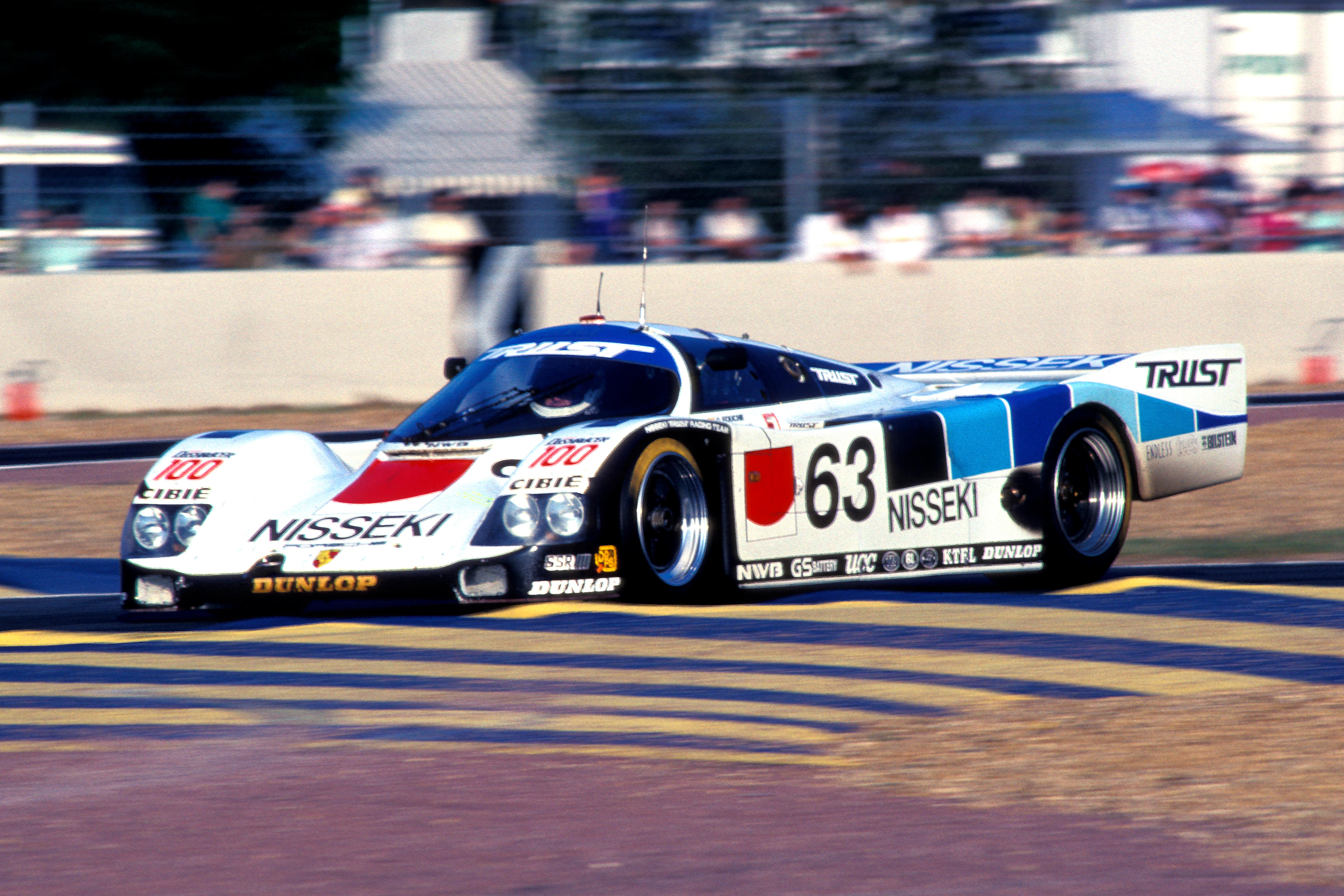
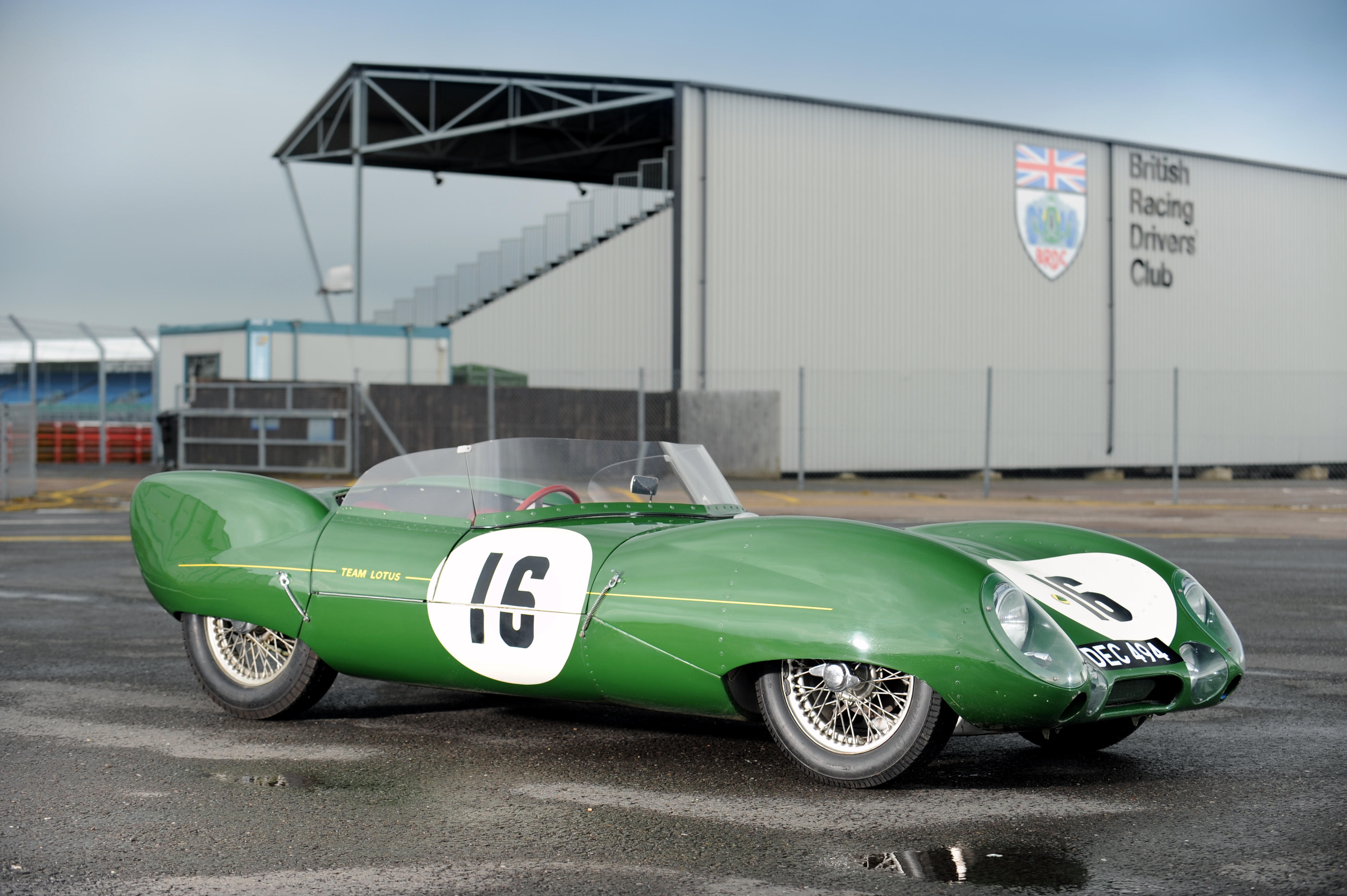
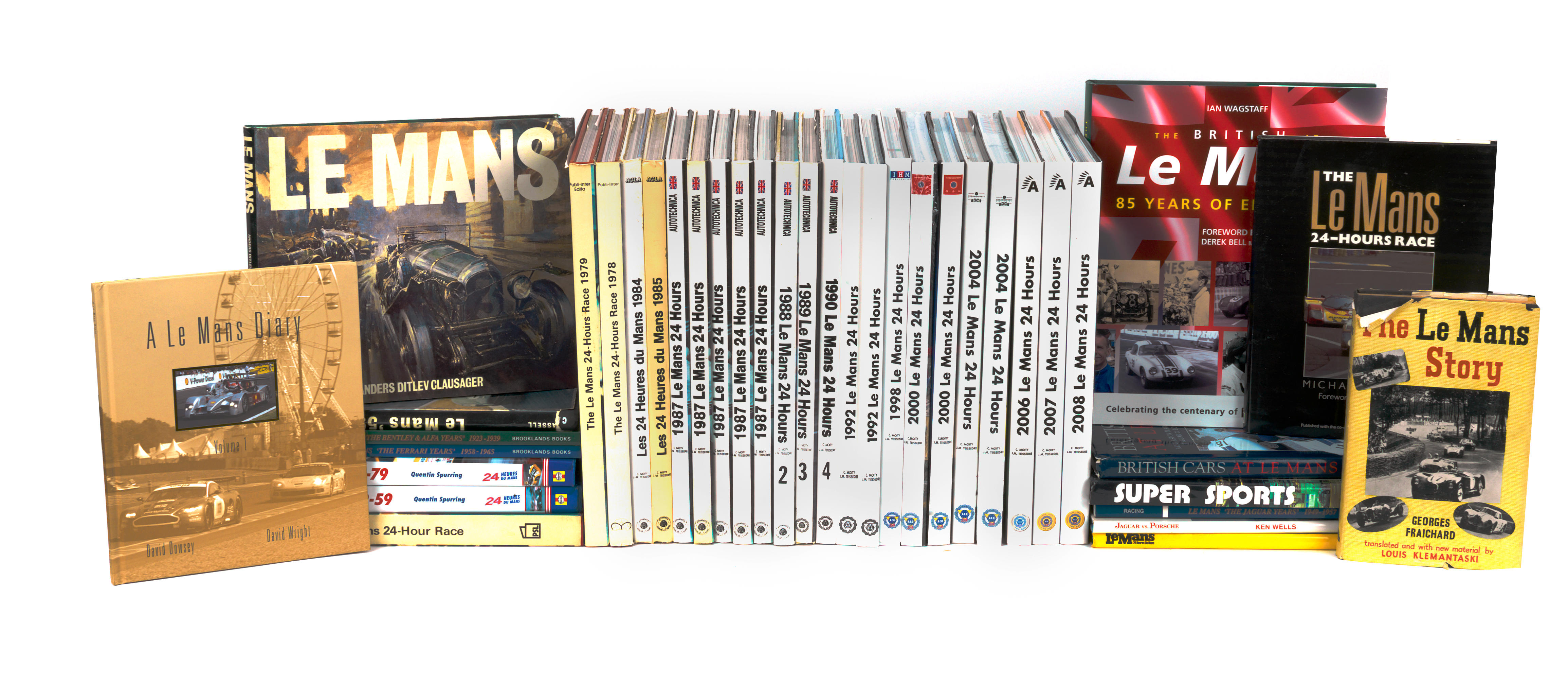
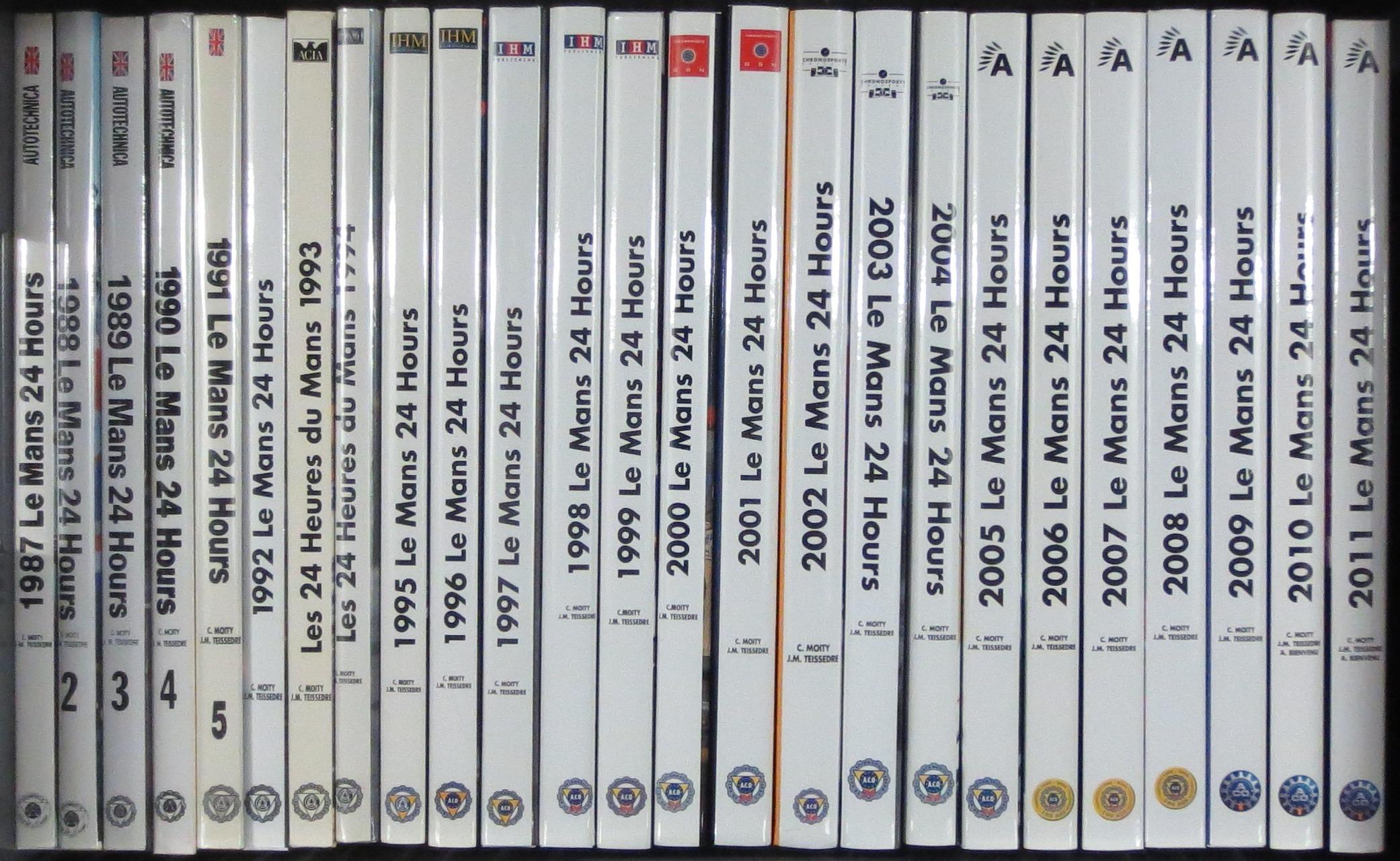
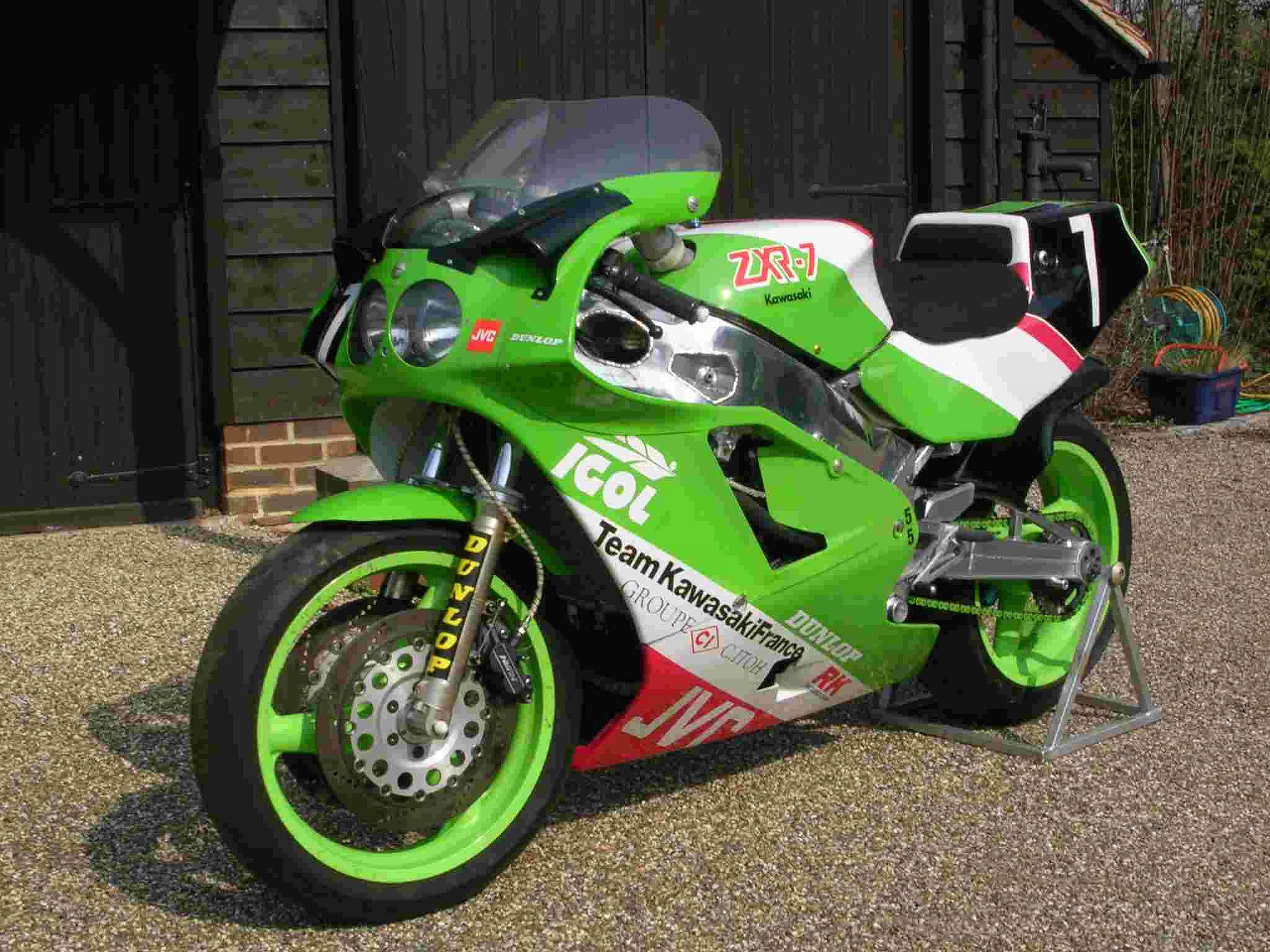
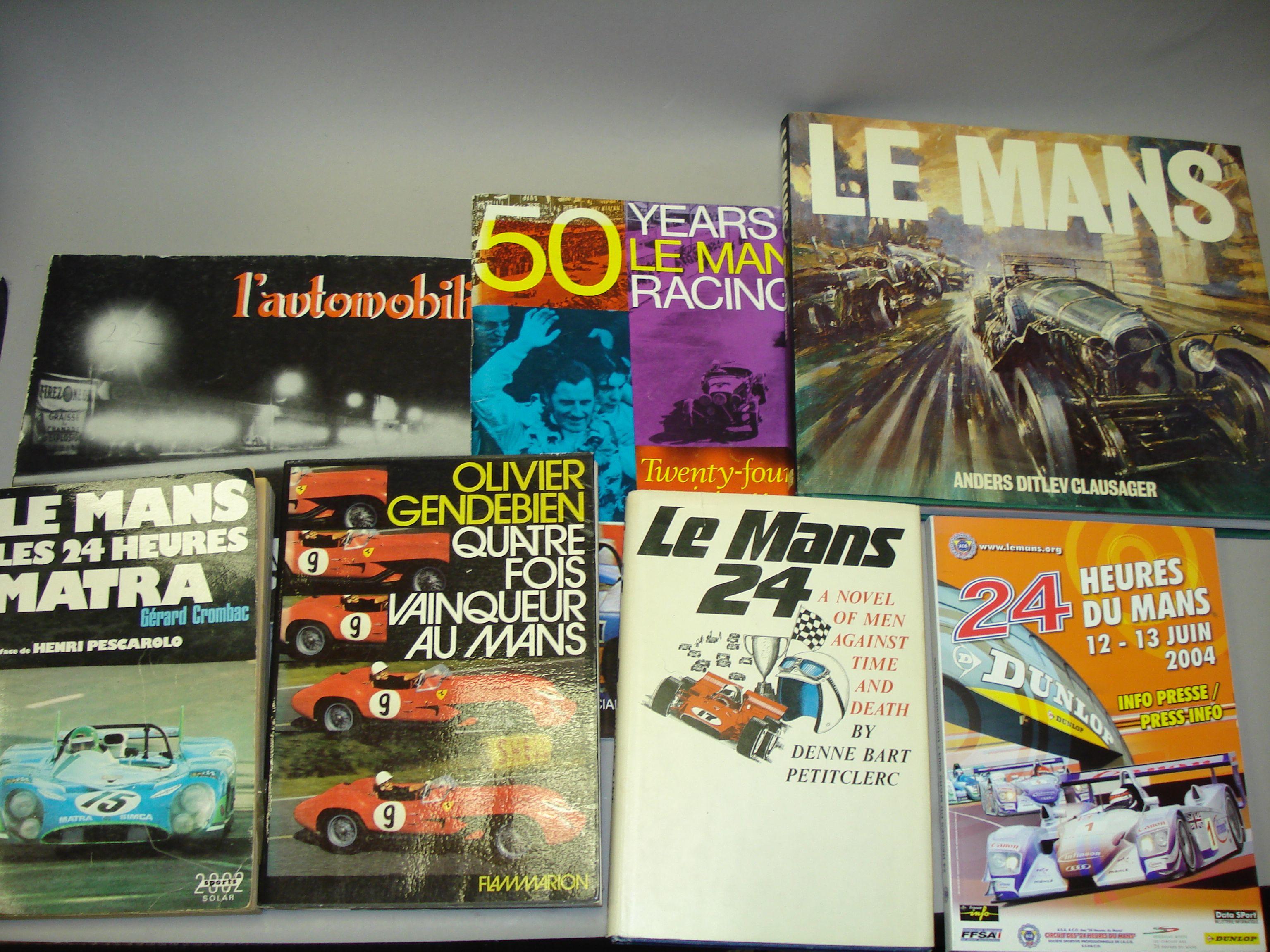
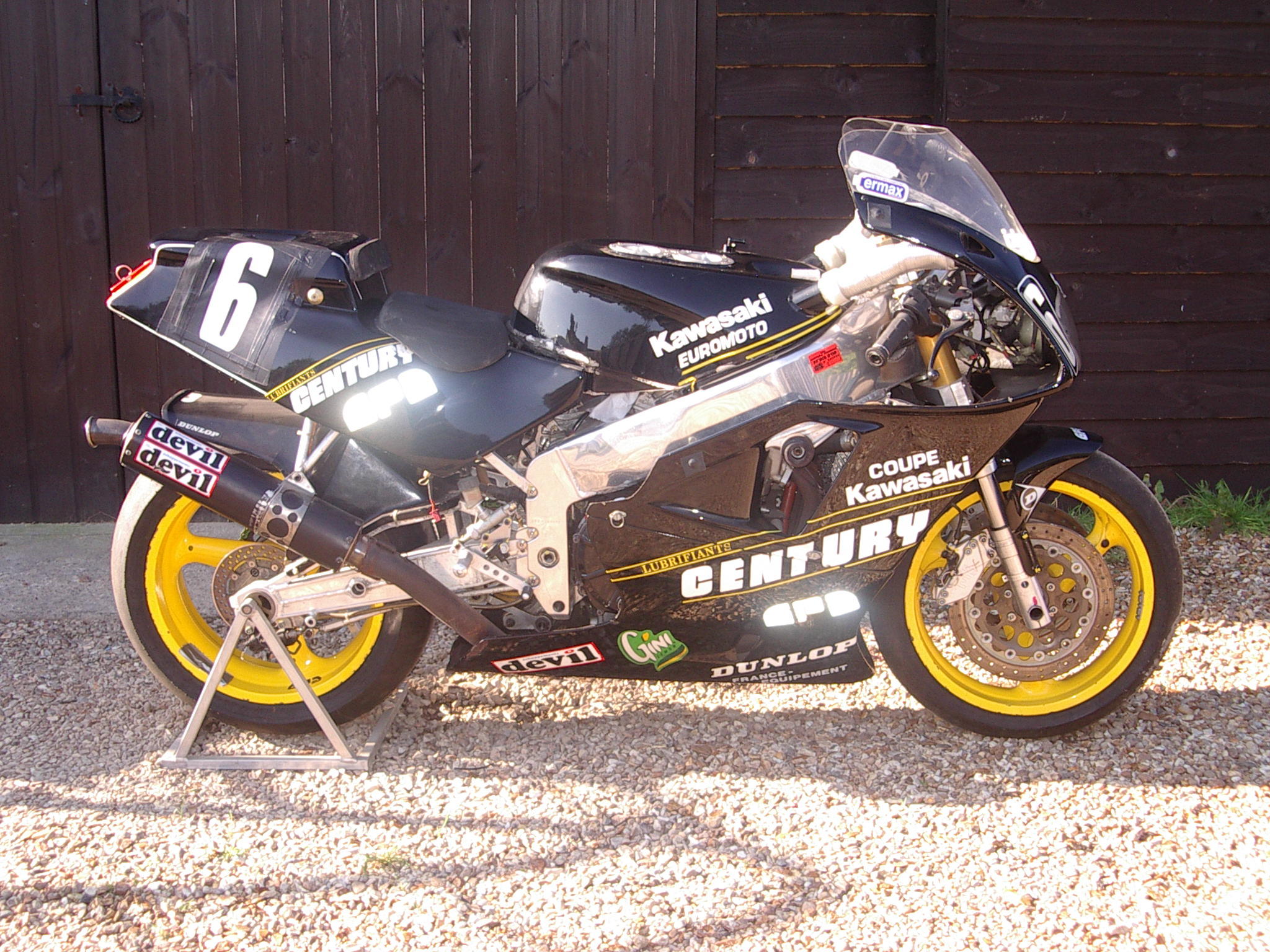
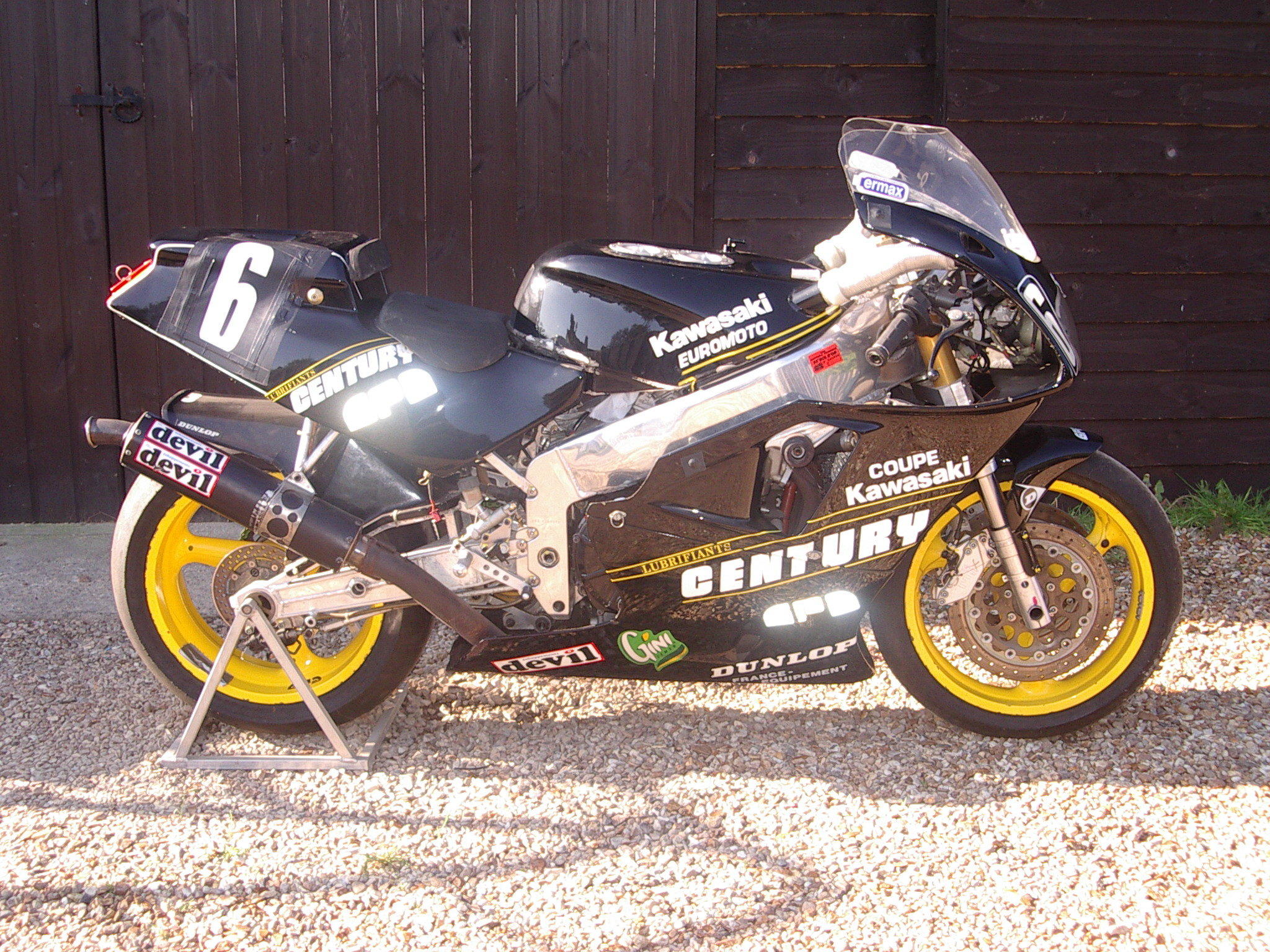

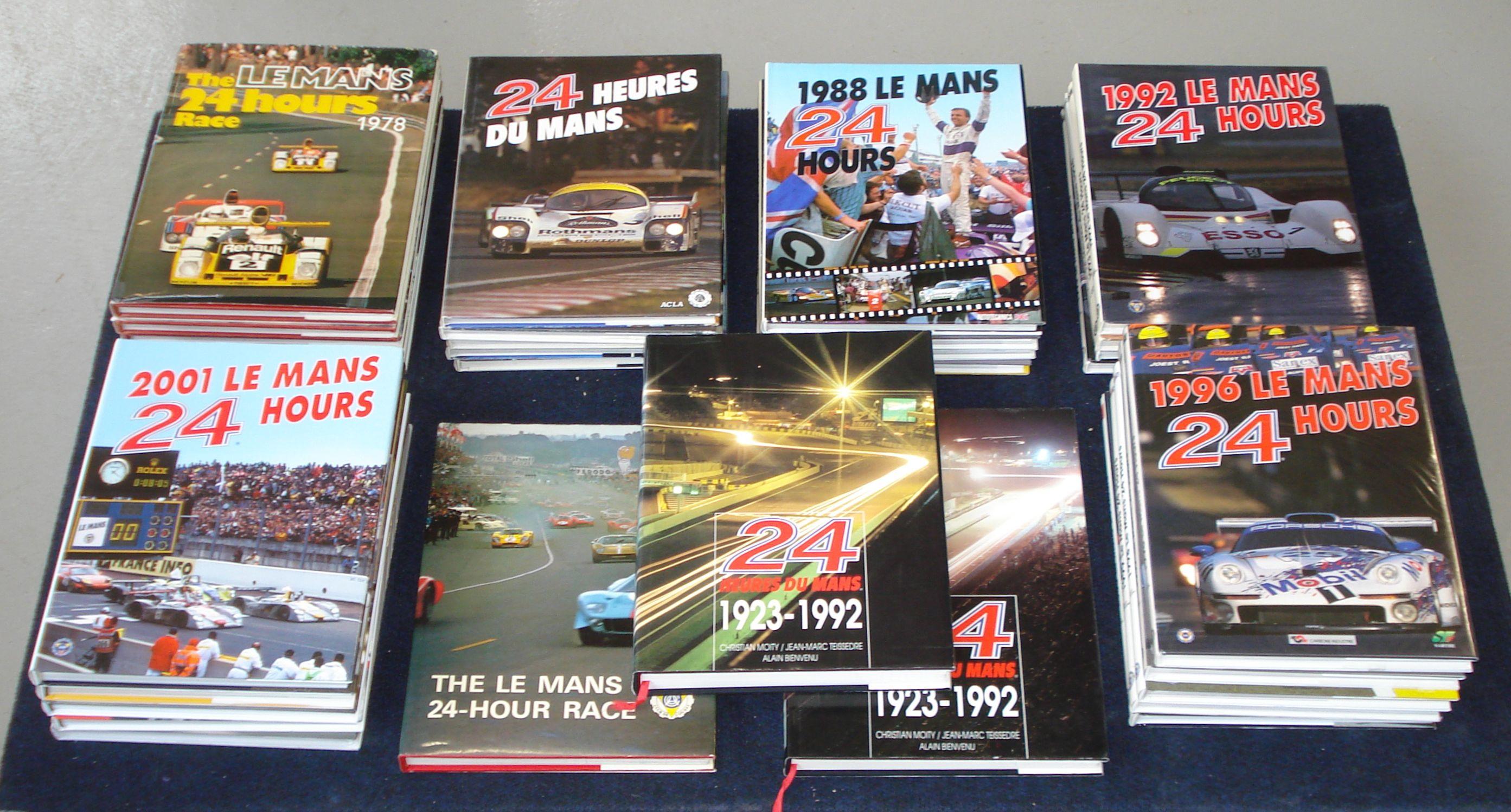

Testen Sie LotSearch und seine Premium-Features 7 Tage - ohne Kosten!
Lassen Sie sich automatisch über neue Objekte in kommenden Auktionen benachrichtigen.
Suchauftrag anlegen